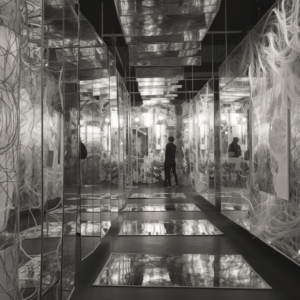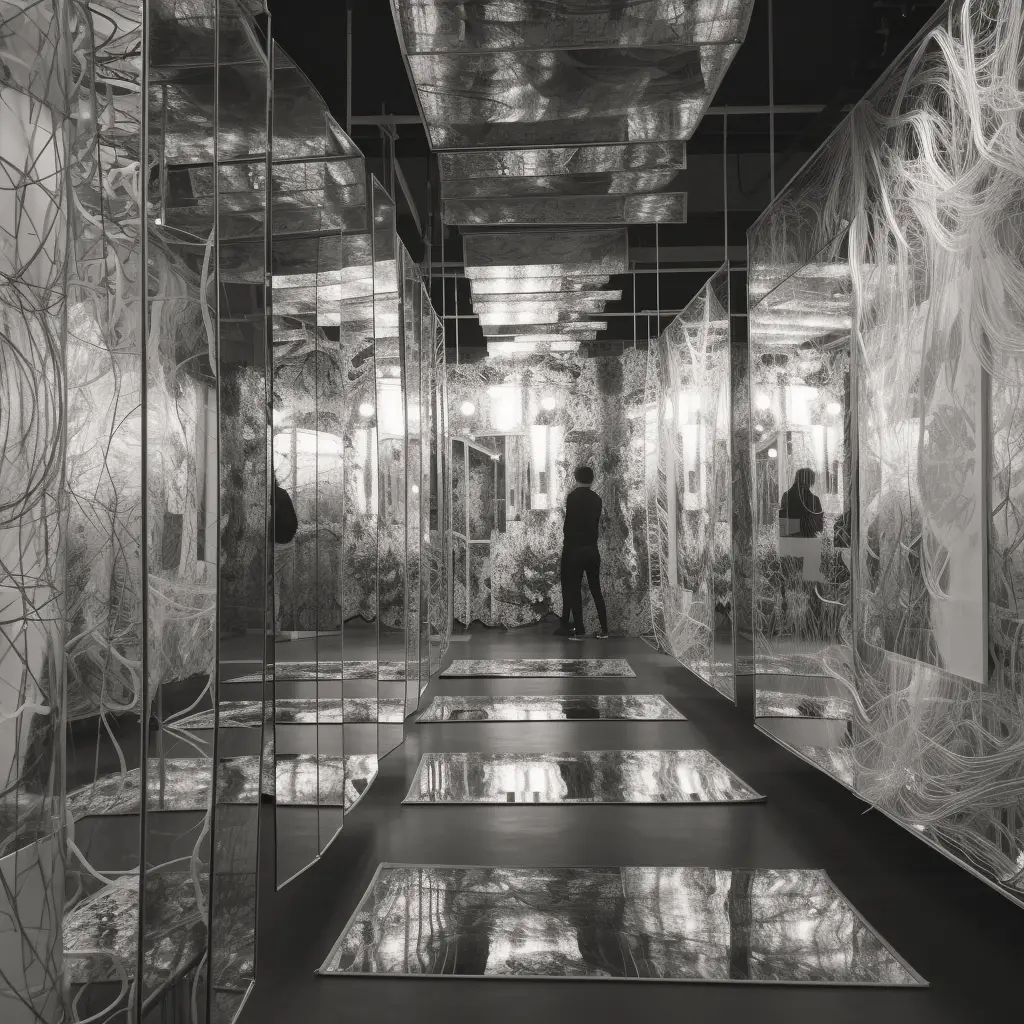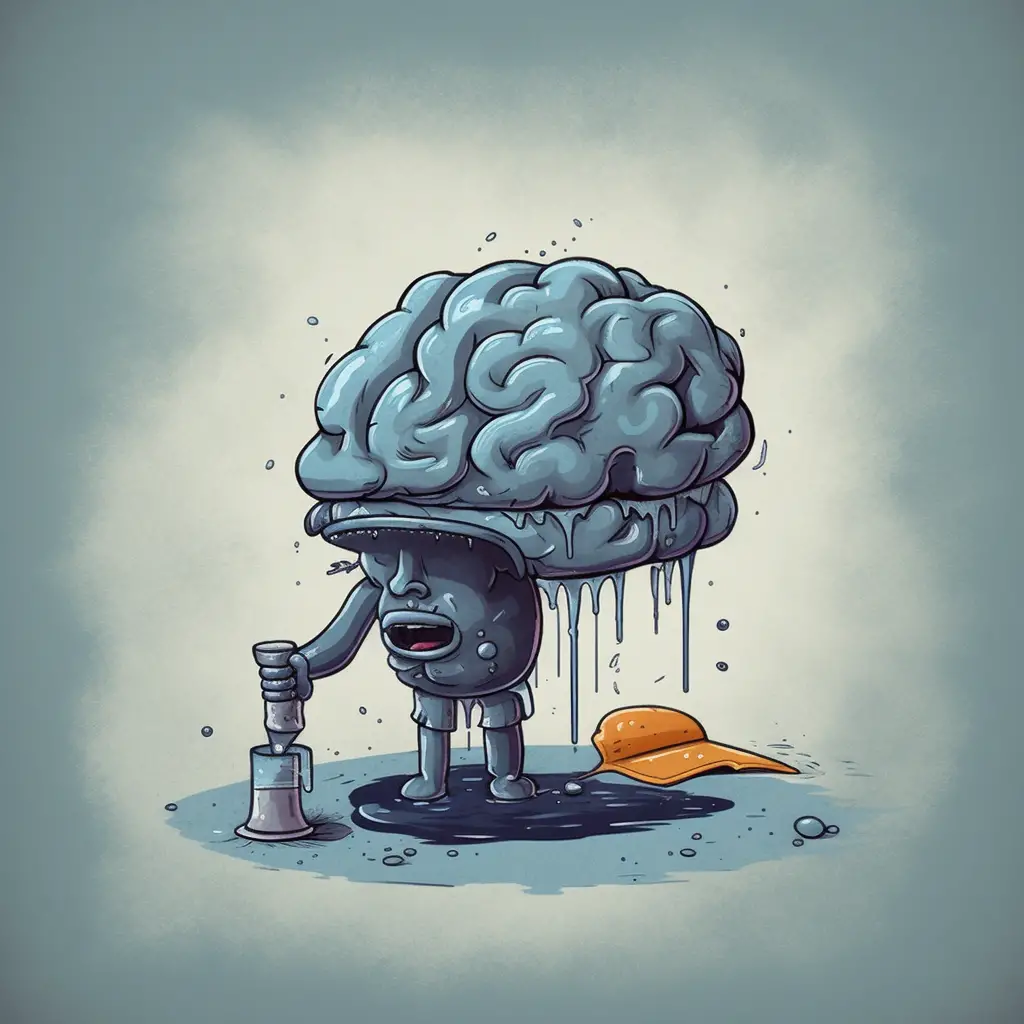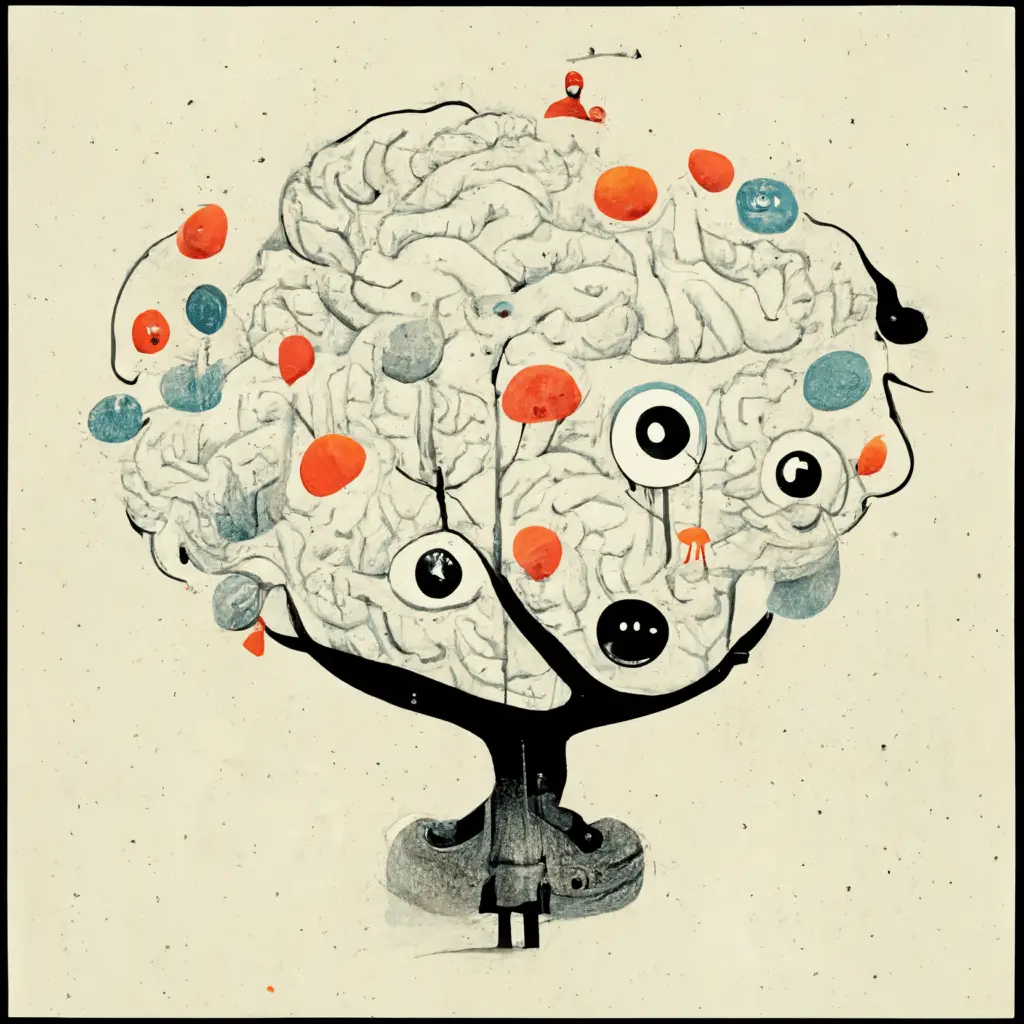
In psychology, continuity is the ability to create continuous uninterrupted patterns in perpetuity. It’s a theory in Gestalt psychology’s five laws of grouping and is also called continuation. These are a set of principles created to try to understand why humans see patterns in so many different objects, even when none exist.
The five laws of grouping in Gestalt psychology are:
- Proximity
- Similarity
- Continuity
- Closure
- Connectedness
The Magic of Continuity in Gestalt Psychology
Continuity, like a never-ending train track, helps the mind make sense of the world by creating smooth and uninterrupted patterns. It’s one of Gestalt psychology’s secret ingredients, helping people see order and organization in the chaos of everyday life.
What is Gestalt Psychology?
Gestalt psychology is like a master chef that cooks up a delicious meal of perception and understanding. It’s a psychological theory that focuses on how people organize and interpret the world around them. The main idea behind Gestalt psychology is that the whole is greater than the sum of its parts, like a perfectly baked cake made from a mix of ingredients.
Understanding Continuity as a Law of Grouping
Continuity is one of the five main laws of grouping in Gestalt psychology. It’s like a magical thread that connects and organizes different elements, guiding the mind to see continuous patterns and shapes.
How Does Continuity Work?
The mind is like a puzzle solver, always trying to make sense of the world. Continuity helps the mind create smooth, uninterrupted patterns by connecting elements that follow a straight or curved path. This makes it easier for people to recognize and understand complex visual scenes, like a roadmap guiding them through the twists and turns of perception.
Examples of Continuity in Everyday Life
Continuity is like a silent helper, working behind the scenes to make the world more understandable. Let’s take a look at some examples of how continuity shows up in everyday life.
Reading Text
When reading a book or an article, the mind uses continuity to follow the lines of text smoothly from left to right (or right to left, depending on the language). This helps the reader stay on track and absorb the information more easily.
Recognizing Shapes
Continuity helps people recognize shapes and objects, even when they are partially hidden or obscured. For example, when looking at a partially covered circle, the mind uses continuity to fill in the gaps and recognize it as a complete circle.
Following a Path
Imagine walking through a winding park trail. Continuity helps the mind make sense of the twists and turns, allowing people to navigate the path with ease.
Interpreting Artwork
In art, continuity plays a significant role in how people perceive and understand the composition. For example, in a painting with multiple overlapping elements, the mind uses continuity to follow the lines and shapes, creating a coherent and organized image.
The Power of Continuity in Psychology
Continuity is like a trusty sidekick, helping the mind make sense of the complex world around it. By understanding the role of continuity in perception and organization, psychologists can gain valuable insights into how people process information and navigate their environment.
Embracing the concept of continuity can also help people become more aware of the patterns and connections in their own lives, opening up new possibilities for personal growth and development. So the next time encountering a complex visual scene or trying to make sense of a new situation, remember the power of continuity and let it guide the way.





